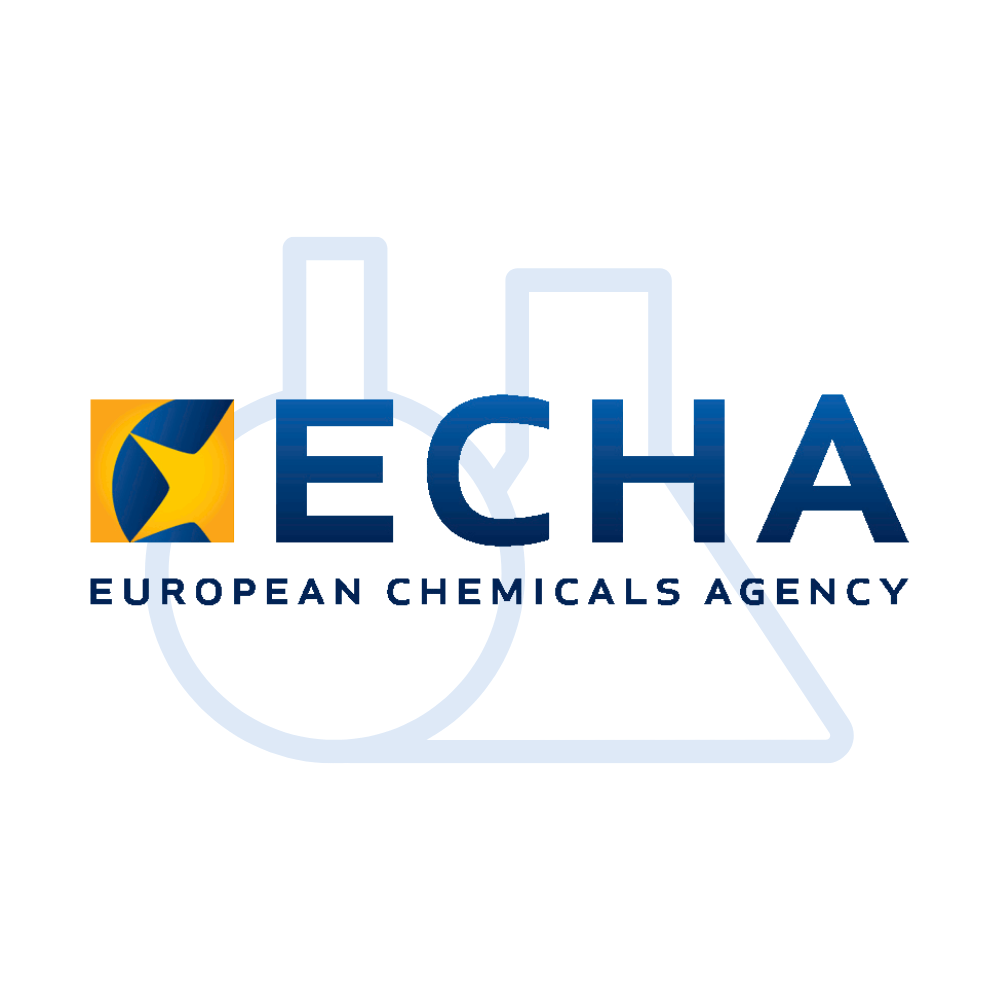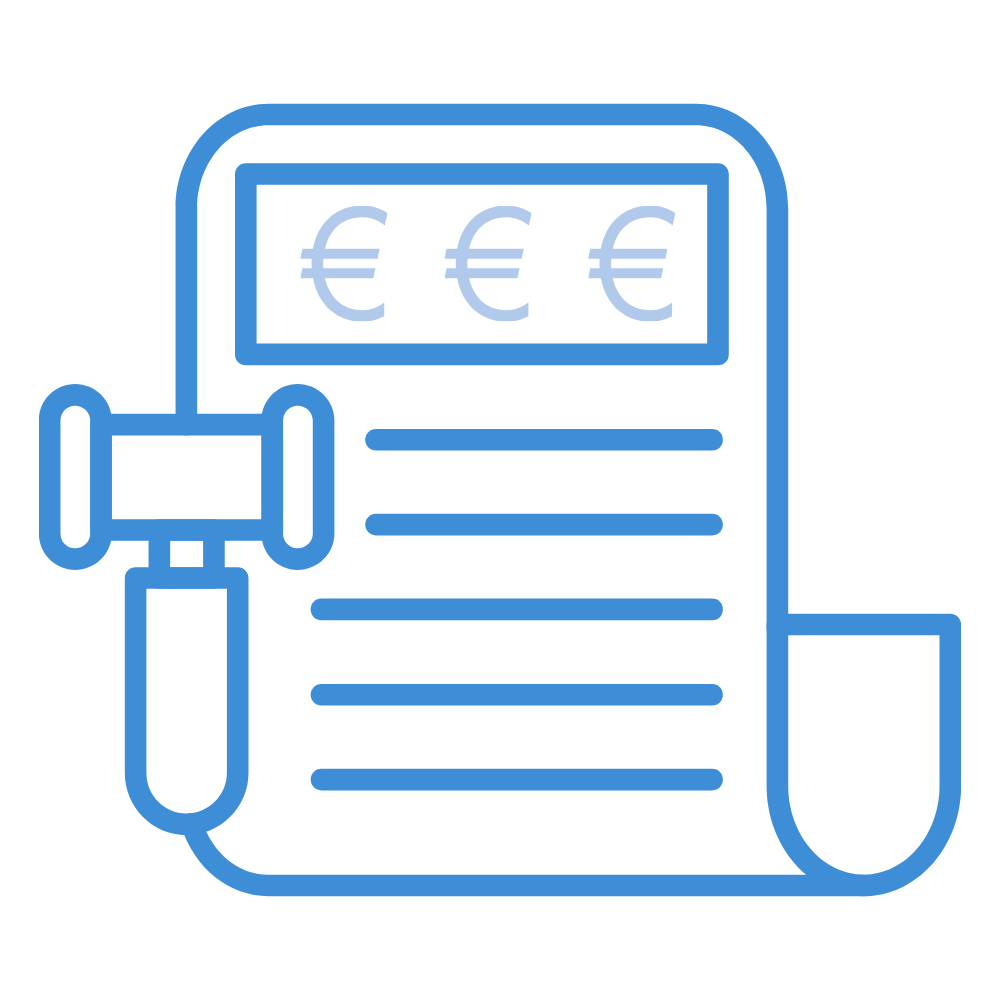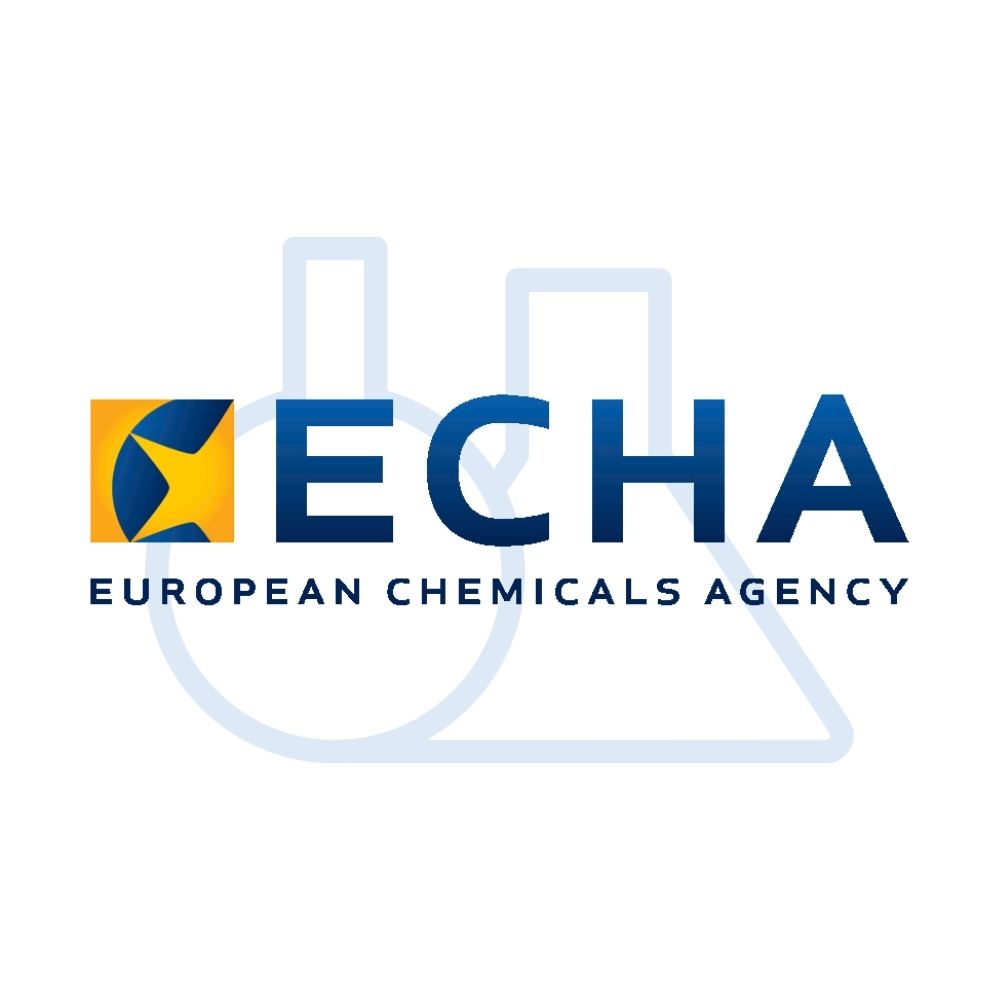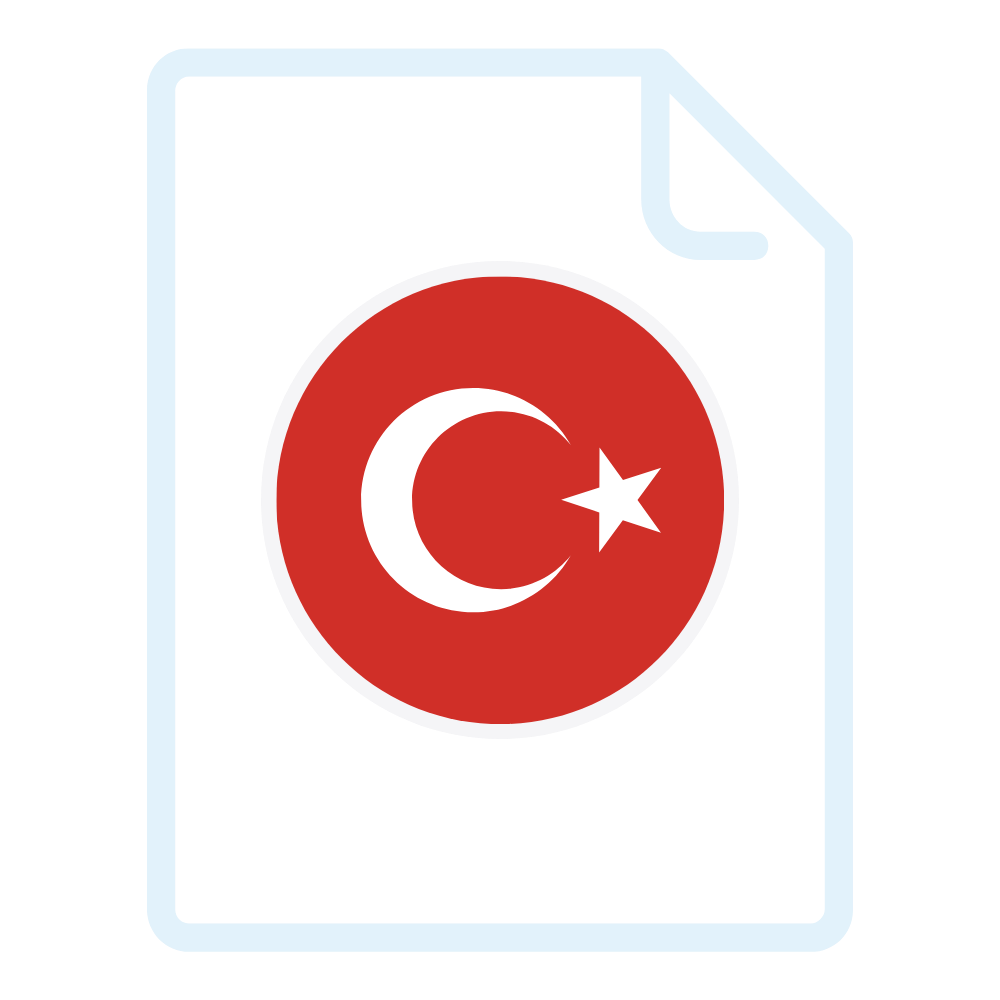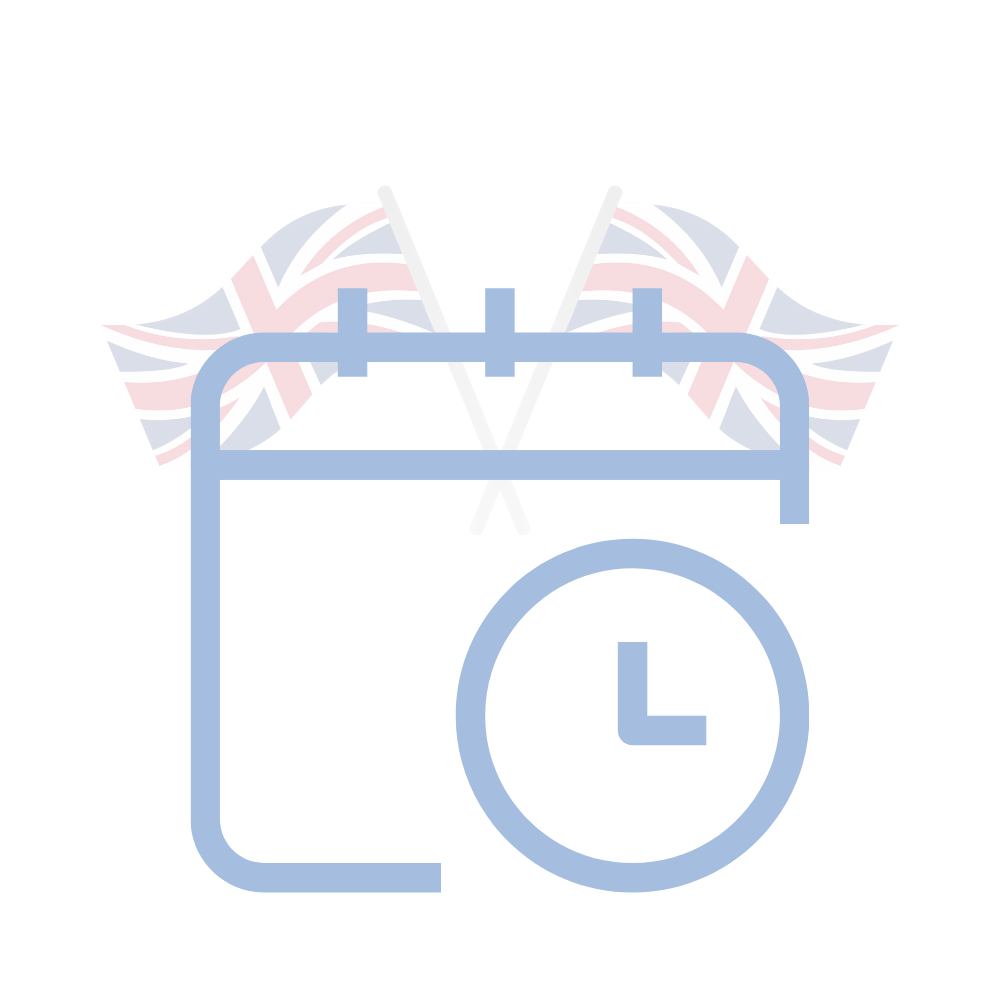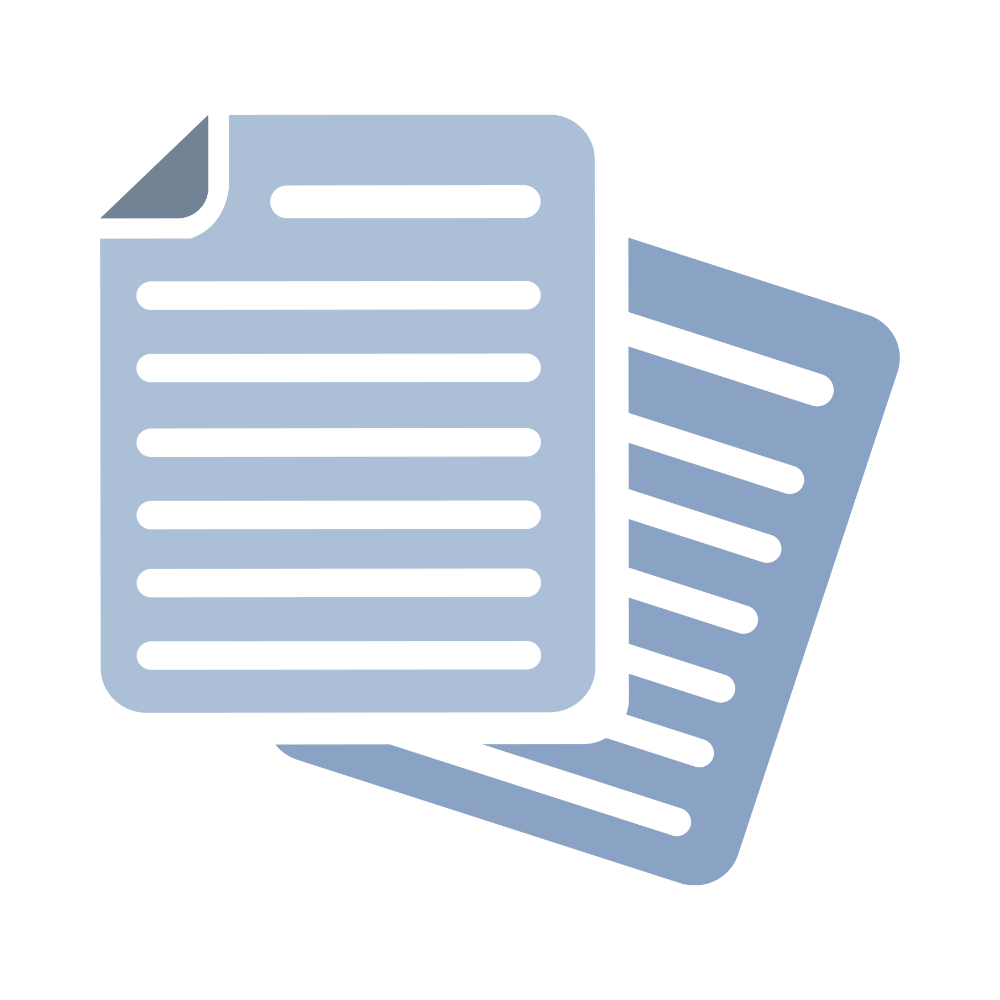Under the EU CLP Regulation, all hazardous substances and mixtures along with certain special mixtures must carry compliant labels.
Chemleg’s professional CLP label preparation services guarantee full compliance with Regulation (EC) No 1272/2008. We ensure your labels include all mandatory hazard communication elements—accurately formatted and aligned with the latest EU standards.
What should be considered during the labelling process?
- Accurate and up-to-date classification
Accurately identifying the physical, health, and environmental hazards of chemical substances and mixtures is the first step of a successful labelling process. Classification must be based on the United Nations’ Globally Harmonised System (GHS) and the EU’s CLP Regulation.
- Essential label content
The following elements must be included on the label:
- Supplier information
- Product identifiers
- Nominal quantity
- Hazard pictograms
- Signal words
- Hazard statements (H-Statements)
- Precautionary statements (P-Statements)
- Supplemental information
- Unique Formula Identifier (UFI)
- Format compliance
Label information must be securely affixed to the packaging in a way that is clearly legible. The text must be indelible and easily visible.
- Continuous compliance
Label information must fully align with the product’s Safety Data Sheet and must not contain any discrepancies. If any updates are made, the label must also be revised accordingly. Therefore, the relevant legislation must be monitored regularly.
Why is it important?
Proper labelling of chemical substances and mixtures is essential for protecting human health, ensuring environmental safety, workplace safety, informed product use, smooth trade operations, and effective emergency response. Compliance also protects your business from legal penalties and strengthens your brand reputation.
Ensure EU Market Compliance and Safety with Professional CLP Labelling Services
- Creation of CLP-Compliant Labels
- Customization for Different Product Types
- Label Formatting & Design
- UFI creation, PCN submissions, and seamless regulatory integration for full compliance
- Regulatory Compliance Check & Updates
- Multilingual label support and technical translations to meet official language requirements across EU Member States
Who needs this service?
- Manufacturers, importers, and formulators of hazardous chemical substances and mixtures
- Companies producing detergents, paints, coatings, adhesives, biocides, and industrial chemicals
- Businesses exporting chemical products to the EU requiring CLP-compliant labels
Fill out the form now to consult our experts.
Frequently Asked Questions
Which chemicals must be labelled?
All substances and mixtures classified as hazardous must be labelled. This includes physical, health, and environmental hazards.
Should the label be updated if the product formulation changes?
Yes. Any change in the formulation or hazard classification of a chemical requires immediate updates to both the label and the corresponding Safety Data Sheet. If applicable, related notifications must also be updated. This ensures that the product always reflects accurate and up-to-date hazard information.
Is labelling mandatory for companies exporting to the EU?
Yes. Companies exporting chemicals to the EU must prepare labels in line with the EU CLP Regulation.
What is the labelling format?
Labels must be written in the official language(s) of the country where the product is marketed, be clear, legible, and indelible. The minimum size of pictograms depends on package volume (e.g. at least 1 cm² for packages up to 3 litres).
How Does Chemleg Support EU Label Preparation?
Chemleg manages the entire process on your behalf, including product classification, content creation, technical translations, and regulatory compliance.

